North Carolina has a rich history of wine making that dates back to the pre-prohibition times. Grapes were first discovered here when European settlers landed on the shores and noticed grape vines growing wild and free. North Carolina is also home to the oldest continually cultivated grape vine. Known as the Mother Vine, this series of scuppernong vines has been estimated to be over 400 years old!
Modern winemaking started in the late 1970s when West Bend Vineyard was planted. Soon after, other farmers decided to give grapes a try. Over time, certain areas of North Carolina have proved to be very successful for growing grapes. Some of these areas have been formed into American Viticultural Areas to designate specific climates, soils, and elevations that set those areas apart from other growing regions in the state.
American Viticultural Areas (AVAs)
North Carolina hosts 6 American Viticultural Areas. Click a section below to learn more about that specific area:
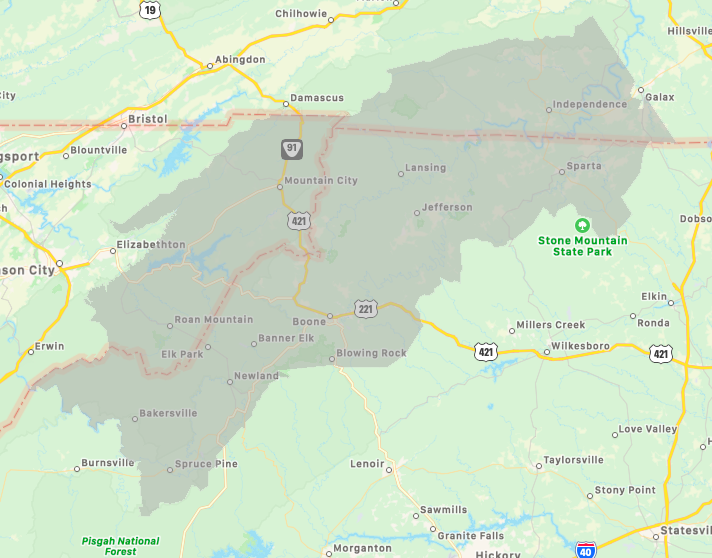
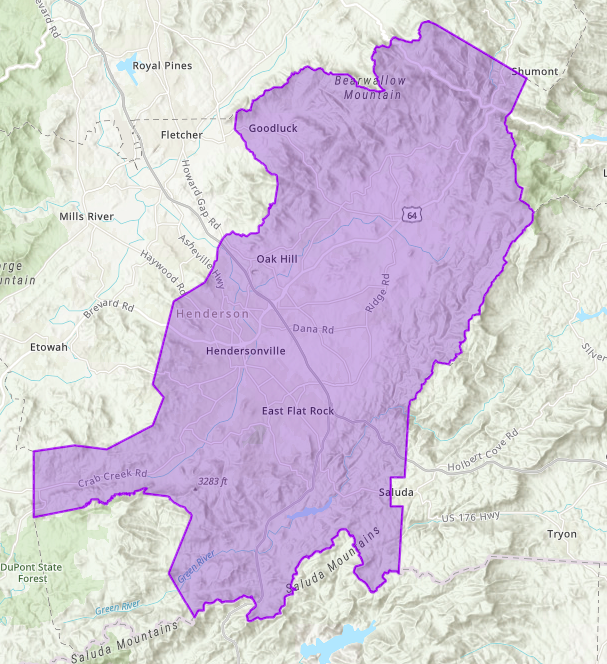
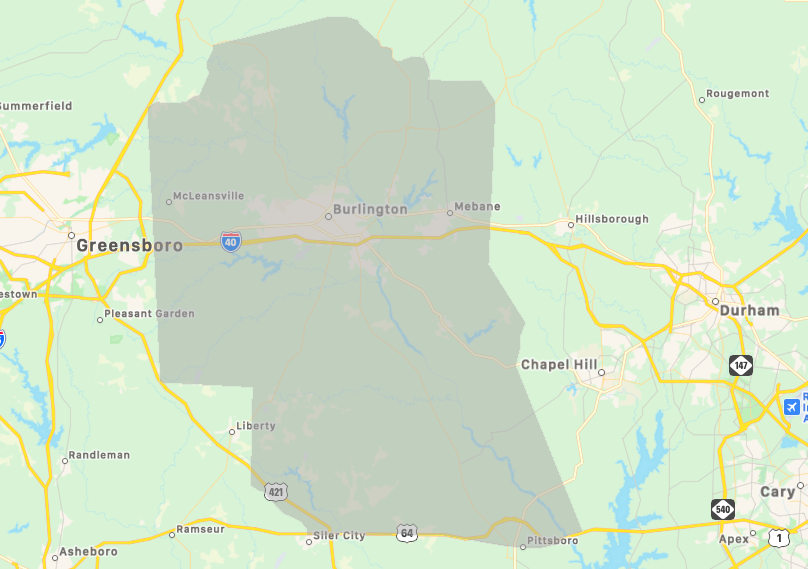

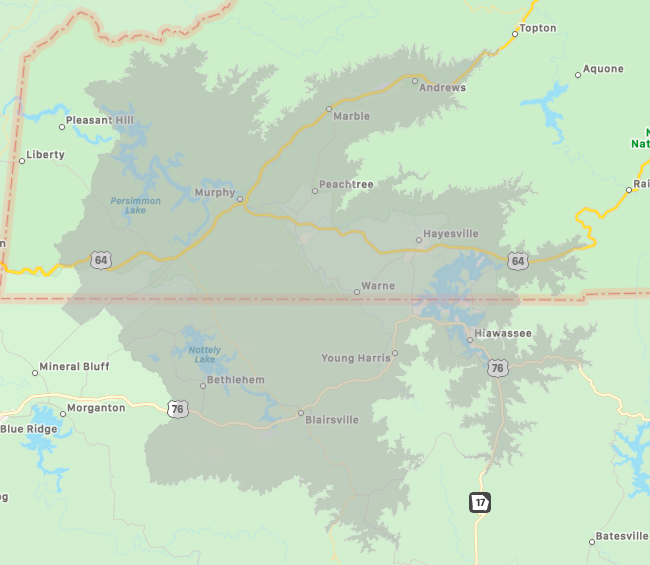
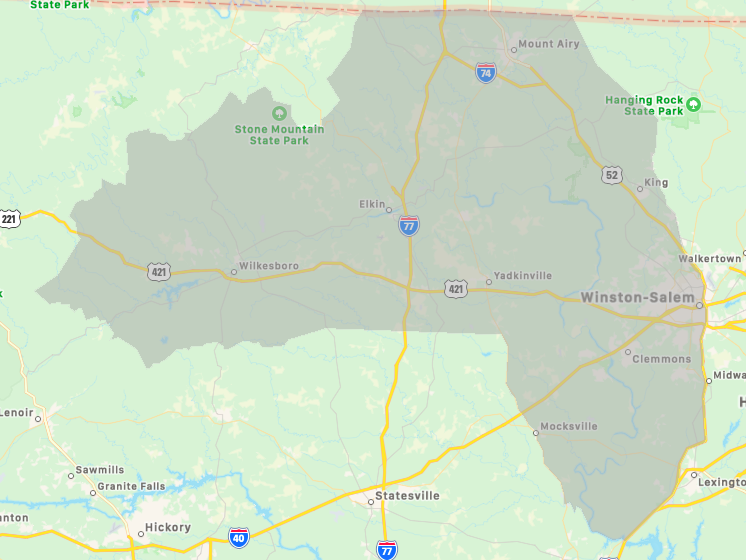
North Carolina Cider
Apples and Cider making in North Carolina has also had a significant historical influence. Certain pockets of growing areas are perfect for apples including the areas in and around Henderson County and the Brushy Mountains. The process of making sider is very similar to making wine, so we like to include this when we talk about North Carolina wines. There is so many different varieties of apples and more people are joining the fun of cider making.
North Carolina Mead
At its essence, Mead is honey wine. North Carolina is quickly becoming a hub for mead production blending traditional methods with innovation and local flavor influences. Mead is directly influenced by the type of honey that is used when making this wine. You’ll surely find a mead that suits your preferences, no matter if that’s Sourwood Honey, Wild Flower Honey, or something more exotic.
